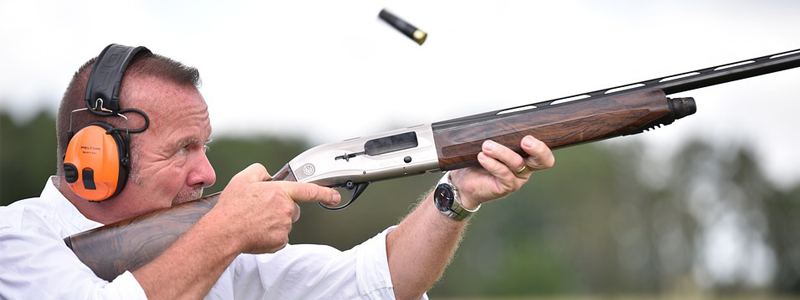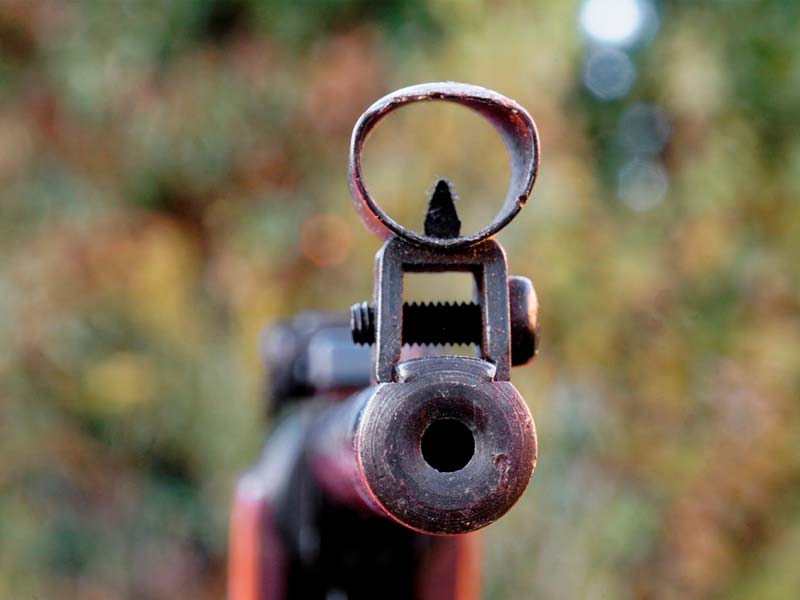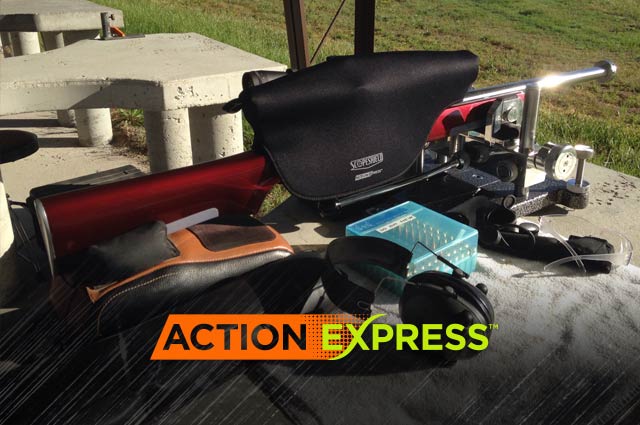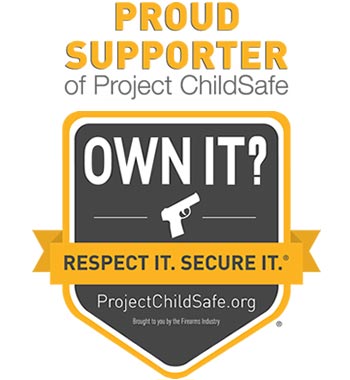Four Rules of Gun Safety:
- All guns are always loaded
- Never let the muzzle cover anything you are not willing to destroy
- Keep your finger off the trigger till your sights are on the target
- Identify your target, and what is behind it
These four rules should be observed like commandments by all shooters. They were laid down by Lieutenant Colonel Jeff Cooper over fifty years ago. All have the same importance and are all intertwined, but they’re best remembered in this order. Though these four rules are the most important; however, they aren’t the only rules you should know and follow as a responsible firearm user. Gun ownership and shooting sports are exciting, and it can be easy to forget that guns are weapons when they’re used for fun events like hunting and shooting competitions. With such a powerful sporting tool comes a lot of responsibility. Reading up on gun safety rules and following them at the range and in your home is a great way to protect yourself. Plus, as an added bonus, you’ll look like a pro to all your fellow sportsmen and hobbyists when you follow these additional safety rules.

Additional Rules of Gun Safety: Know Your Firearm
Guns are machines; therefore they can fail. They jam, fail to fire, and if you don’t know how to problem-solve safely when these issues arise, you could injure yourself or damage your piece. The first thing you should do after you obtain a gun is to take a safety class. The second thing you should do is get to know your individual firearm. You should know how to clean it, how to clear a jam, and how to properly lock and store it.
Keep your gun clean. This is often overlooked, but a dirty weapon is less accurate, which makes it riskier to shoot. Different guns are made of different materials which means the best cleaning methods differ depending on your model. Your manufacturer should include cleaning instructions with your weapon or provide the instructions on their website.
Practice Makes Perfect
Part of knowing your firearm includes knowing how it shoots. Regular practice is essential, whether you keep your gun for sporting or home defense purposes. Make sure to keep up on your safety drills at the range. Your accuracy is a component of how safe your firearm is. You need to be confident and knowledgeable in order to ensure that every time you use your gun, you do it safely.
Know Your Ammo
Your gun may be able to shoot multiple more than one caliber. However, if you use the wrong type of ammunition, you risk injuring yourself. If you plan on using more than one type of manufacturer-approved ammo, make sure you practice with all the types you’ll be using. Different ammo may shoot differently, even when used in the same gun. Even different brands of ammunition can have minuscule differences in how they fire, which is why it’s important that you’re a well-practiced shooter so your accuracy can compensate for any tiny changes ammunition may affect your shot.

Know Everything You’re Shooting
One of the primary rules of gun safety is to never point your gun at a target you haven’t identified and intend to shoot. A secondary rule to this is to know your surroundings and what you’re shooting well enough to ensure there’s no risk to anything or anyone nearby. Understanding how your ammo and your target will interact is another important component.
Targets
Different targets have different densities. Depending on what type of ammo and firearm combination you are using, there could be a risk of ammo passing through your target and hitting items behind it. Make sure you’re aware of how far your ammo will be able to travel if it passes through your target. No matter how good of a shot you are, there’s also a risk you could miss your target, so if you’re out shooting for sport, make sure there’s nothing you can harm anywhere near your target. If you are shooting steel targets, make sure they are high-quality so you don’t risk ricochets.
Ammo
Your ammunition also has an impact on the precautions you need to take when shooting. Different ammo has different penetration rates and different spreads. For example, shooting a 9mm round out of a handgun has a much smaller risk of hitting surrounding objects than cooking off a round out of a shotgun. Hollow-point ammo has a reputation for being extremely dangerous because of its stopping power. However, hollow-point ammo is designed to expand when it hits something. This makes hollow-point bullets a great option for a home defense round because if you have to shoot someone, you know the bullet will stop with its first target.
Following the Rules of Gun Safety
In the end, gun safety boils down to one thing: always remember the huge power you hold in your hands whenever you pick up a gun. Following these rules protects you from making a mistake that could injure yourself or others when shooting. Not to mention that following safety rules sets a good example for your kids too. Whether you are shooting at a range, out hunting or using your firearm for home defense, knowing safety precautions are critical.
How you store your guns plays a role in your ability to maintain safety as well. Maintaining your firearm’s accuracy is much easier when you store and protect it properly. Protect your gun’s scope with a ScopeShield cover.





